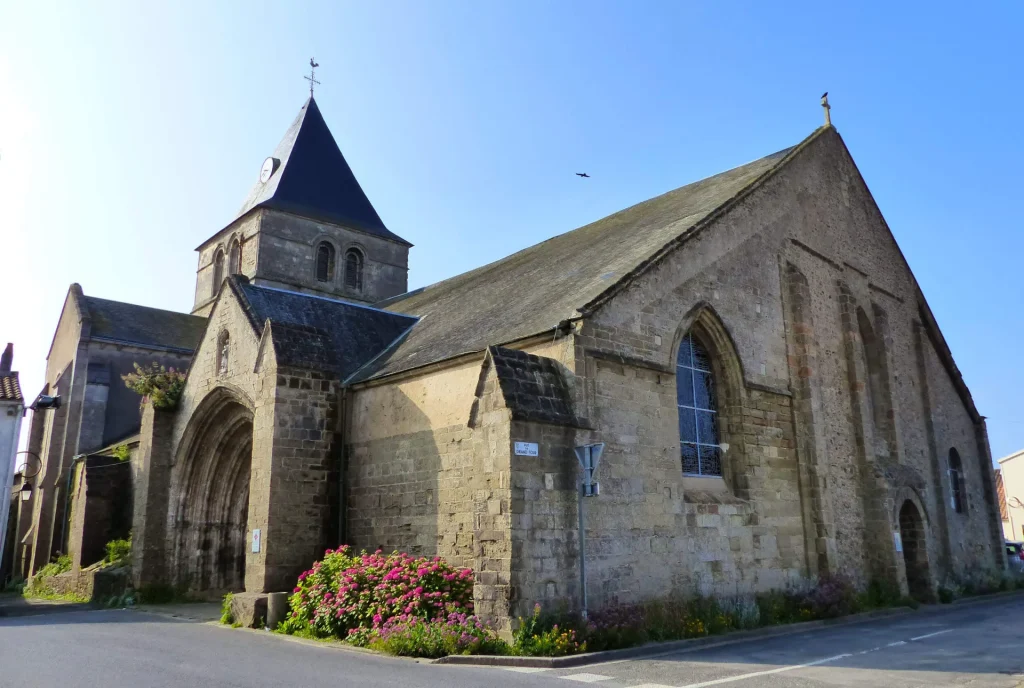Halles
These metal halls, built in 1897, replaced medieval halls that had been installed nearby since the 12th century. In 1965, the metal structure was dismantled to make way for a larger car park and was sold to a Bouin craftsman to use as his workshop. We had to wait until 2009 to see the return of this superb structure, which is now enthroned in the Place des Trois Alexandre.
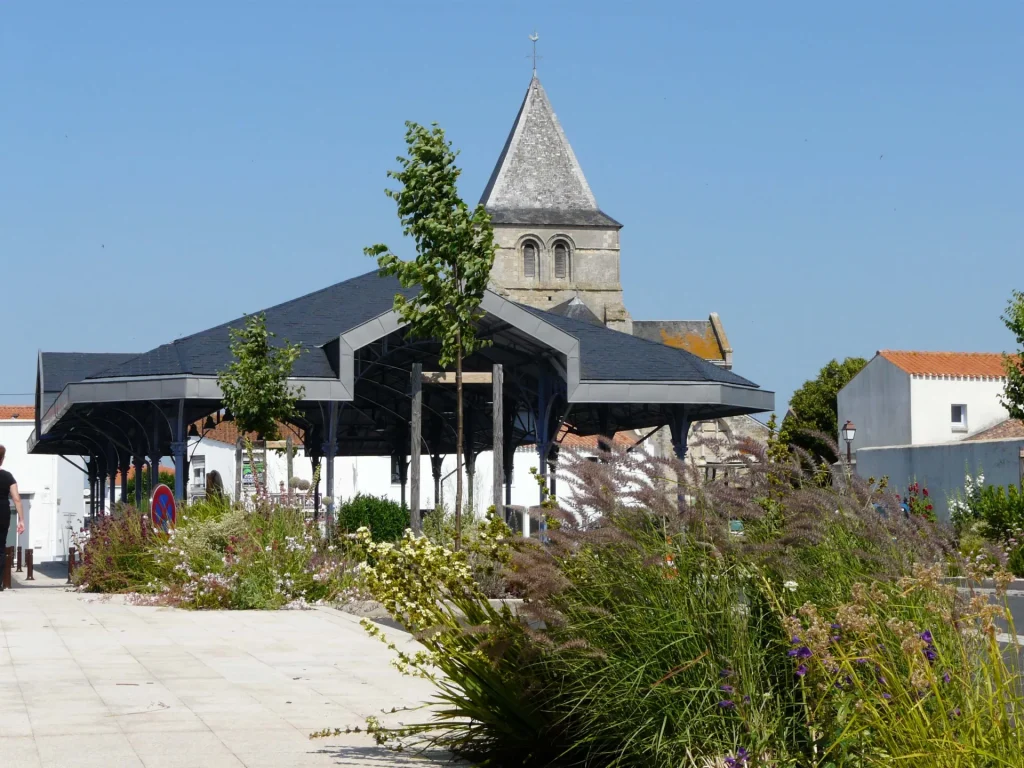
Commonwealth graves
The six Commonwealth graves commemorate a serious shipwreck in the bay during the Second World War. On 17 June 1940, the Lancastria sank, hit by several German bombs. Several thousand people perished, making it one of the worst shipwrecks in history. The six bodies returned by the sea were buried with dignity in the Beauvoir-sur-Mer cemetery.
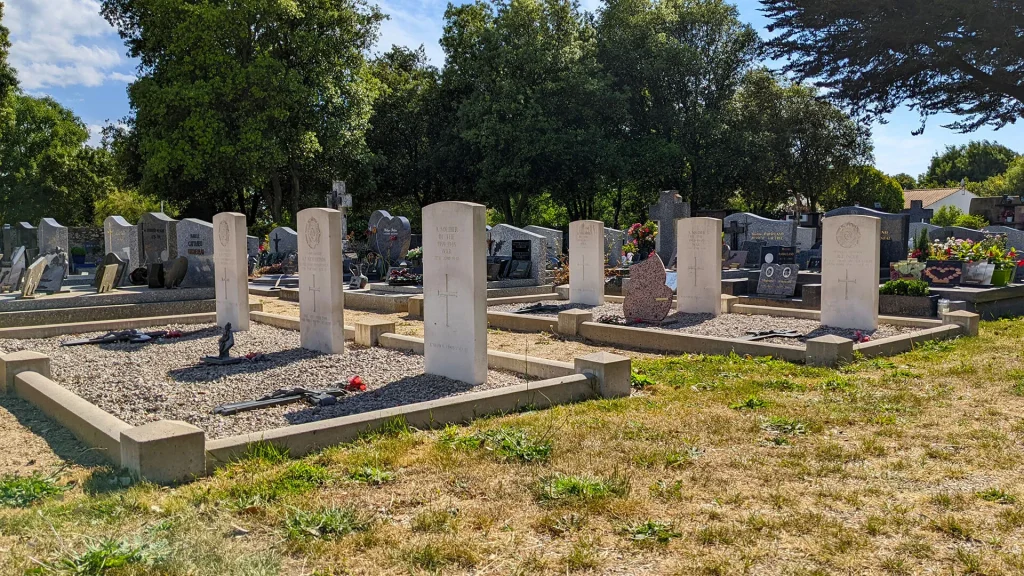
Great Cemetery Cross
This cross, made of granite from La Ronde (Deux-Sèvres), was erected in 1901 under the ministry of Abbé Emmanuel Blanchet. When the cemetery was restored, the remains of Abbé Gergaud were exhumed and placed under the cross. This cross, knocked down by the hurricane of 21 December 1911, was again raised by Abbé Charpentreau.
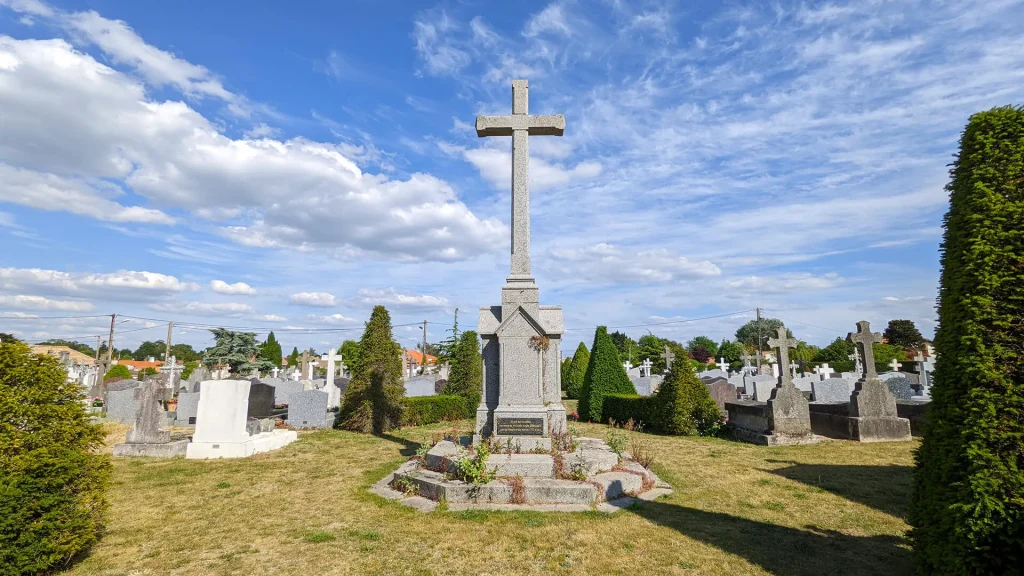
Puits Neuf
Le Puits Neuf is one of the two main wells in Beauvoir-sur-Mer. It is located just a stone's throw from the former Sainte Catherine convent, founded by the Trinitarians. It was probably dug by the monks of this monastery.
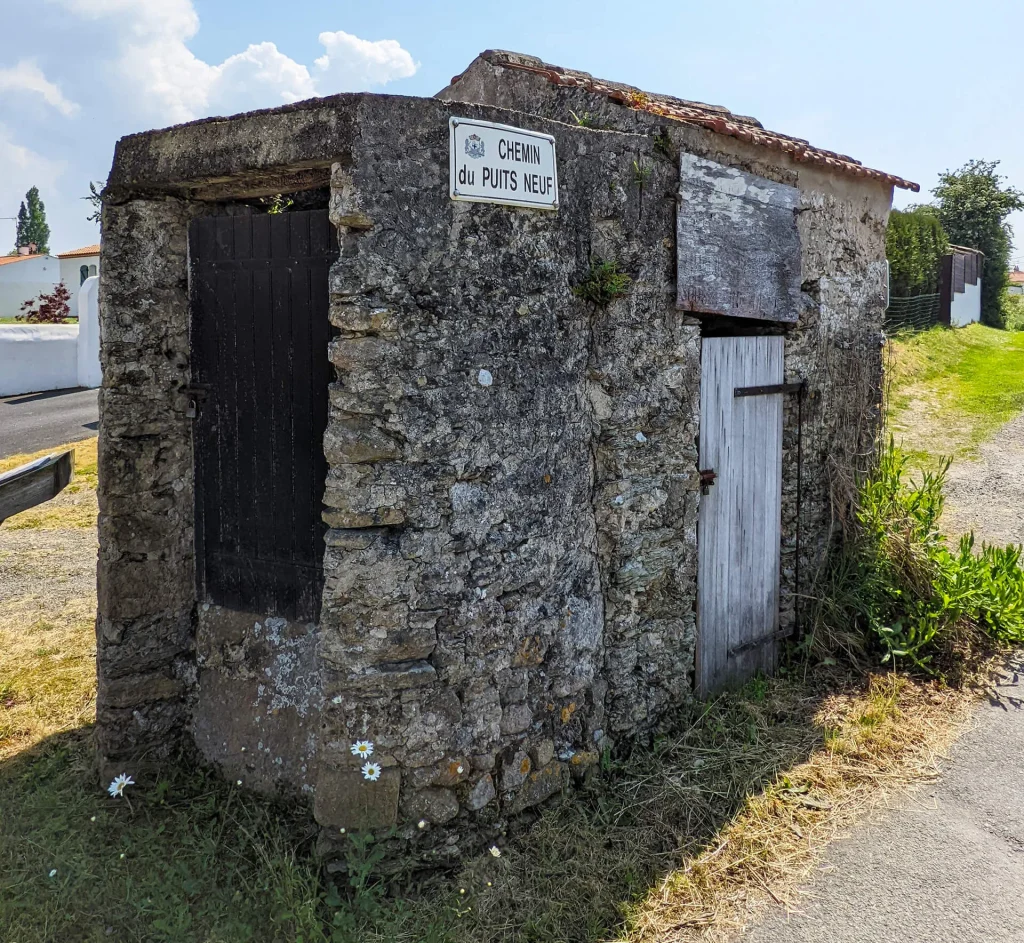
Moulin de Sainte Catherine
The mill was built around 1700 by Nicolas le Laboureur, superior of the Trinitaires monastery. During the 18th century, it was leased to various "fariniers" before being sold as national property in 1791. It then passed from hand to hand before being bought by the Biron family in the 19th century, who kept it running for over a century.
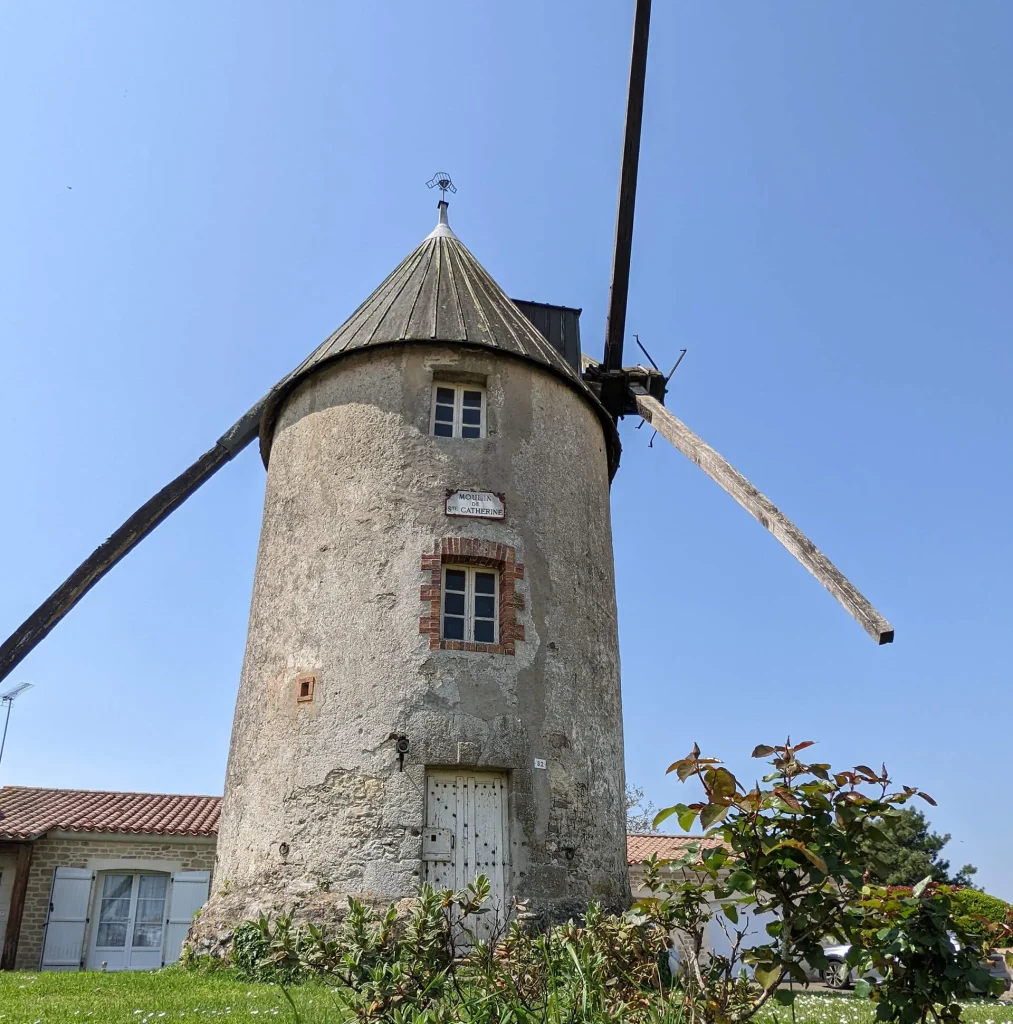
Little Station
Built in 1921 and inaugurated in 1922, the railway line linked Bourgneuf-en-Retz and Beauvoir-sur-Mer. The 30 km/h train carried passengers, goods and mail. But the network, exposed to competition from road transport, had to close in 1948. The small station was then used as a customs office. Restored in 2008, it now houses the Syndicat Mixte de la Baie de Bourgneuf.
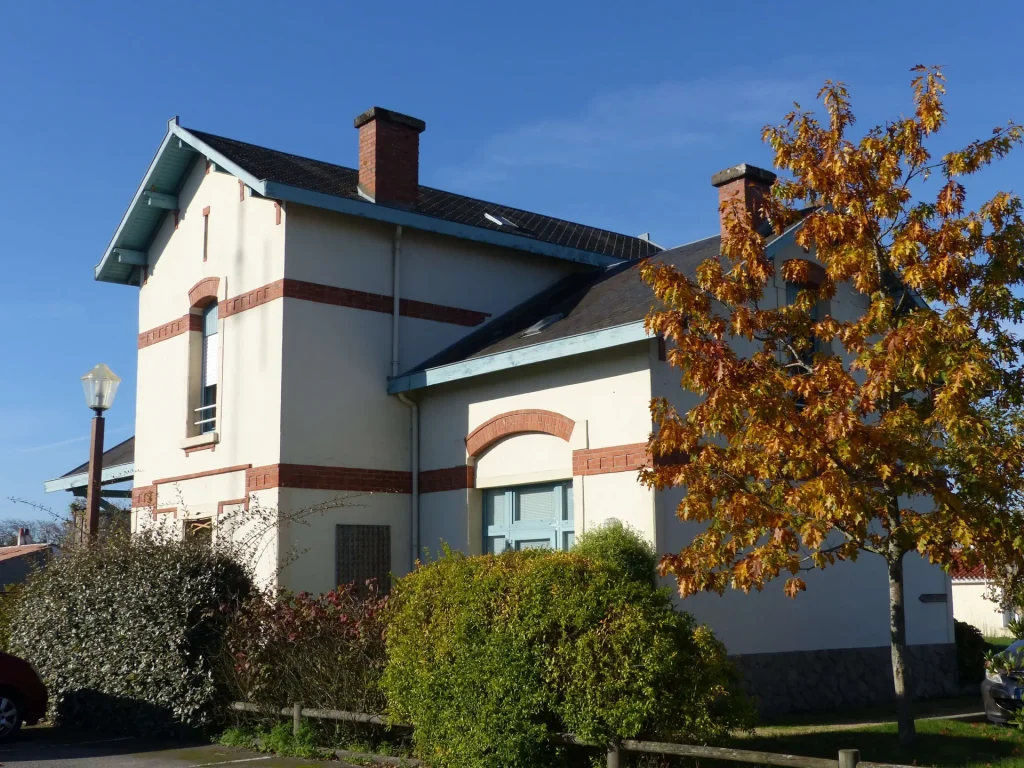
Riez well
Reputed to be inexhaustible, for centuries it was the largest source of water in Beauvoir-sur-Mer. Located close to two former monasteries founded in the 11th and 13th centuries, it is thought to have been dug by monks. According to legend, they threw their treasures into it before leaving the town.
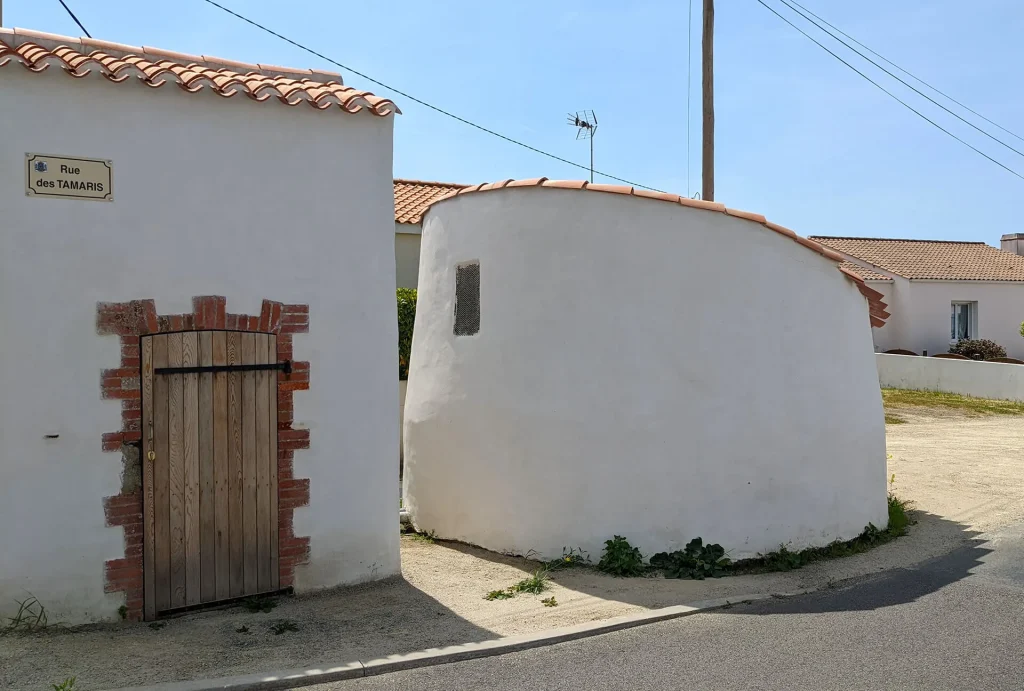
Green Slate
L'Ardoise Verte is a low, whitewashed, tiled house with a Genoese cornice and matching limestone openings. It was burnt down in 1794 during the Vendée wars, then bought in 1860 by notary Louis-Alexandre Dugast. In 1925, it became a blacksmith's forge and was finally acquired by the local council. Today, it houses an exhibition hall, offices and a community hall.
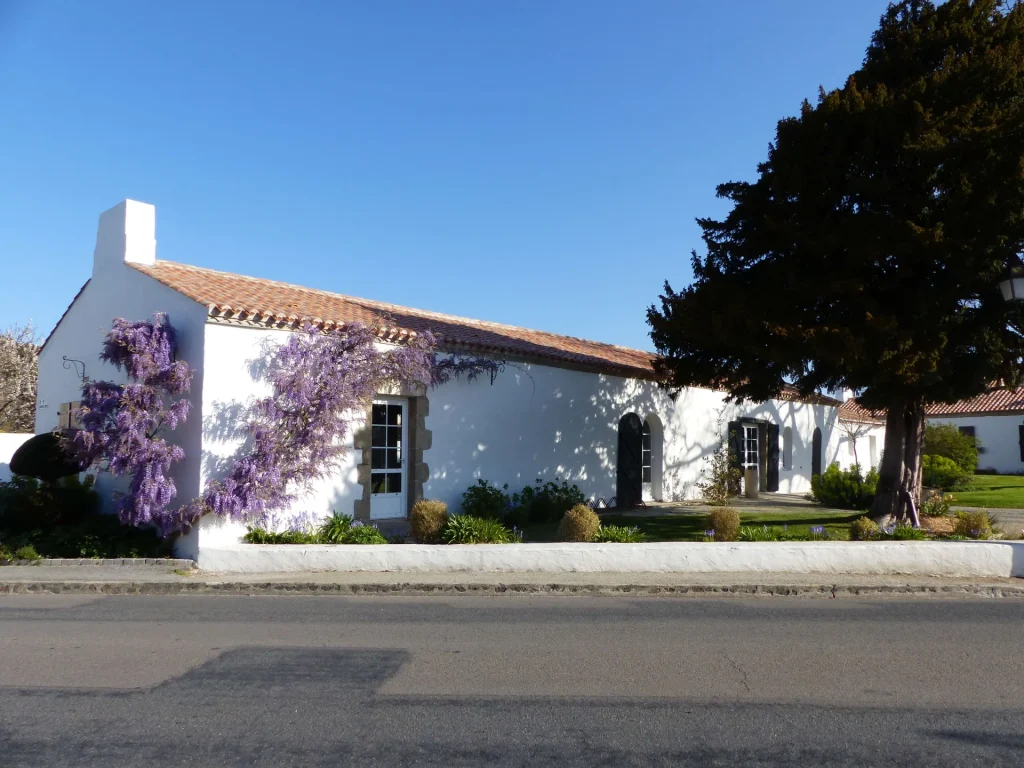
Feudal Motte
In the centre of the village, not far from the church, there is a mound planted with trees, which is in fact an ancient feudal mound. This mound is notable for the discovery in 1810 of an ovoid-shaped excavation 3 metres in diameter and 5 metres high. To this day, doubts persist as to the possible use of this Gallo-Roman tank.
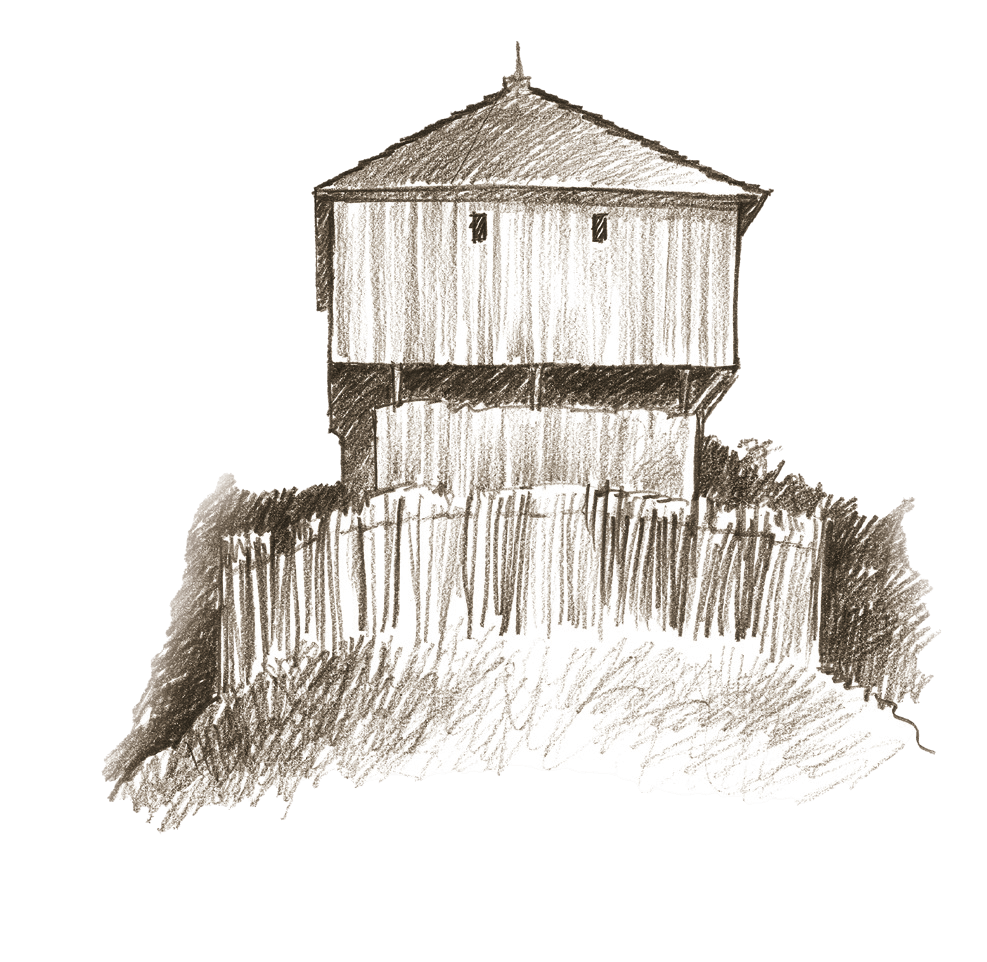
Great Calvary
The dressed stone base with its engaged columns, pediment and arched cornice indicate that it was built in the 18th century. It was inaugurated on 22 May 1785 by Abbé Gergaud (the parish priest of Beauvoir-sur-Mer and an emblematic figure of the Vendée clergy during the Vendée insurrection).
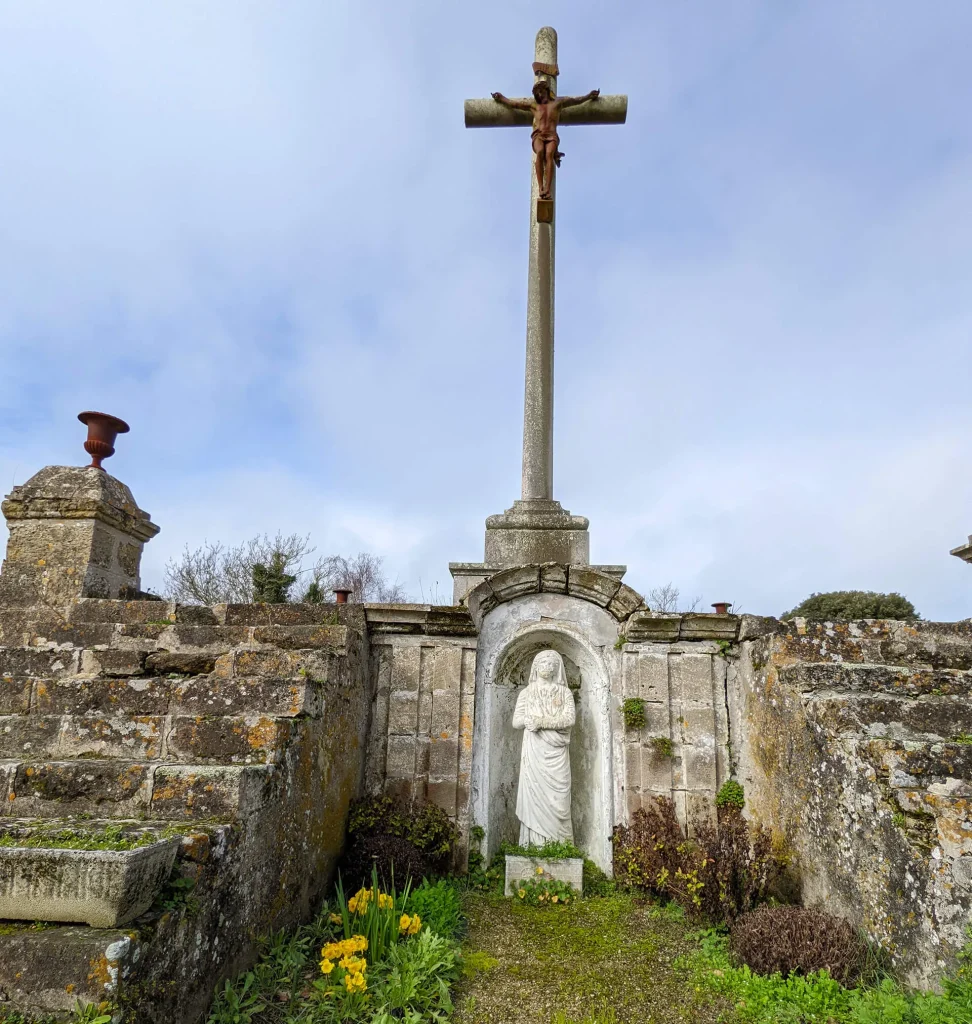
Gateway to La Gaspaillerie
Rue du Château Gaillard features a magnificent 17th-century gateway opening onto the gardens of an old bourgeois house known as La Gaspaillerie. This was the setting for the film "Maléfices" starring Juliette Gréco.
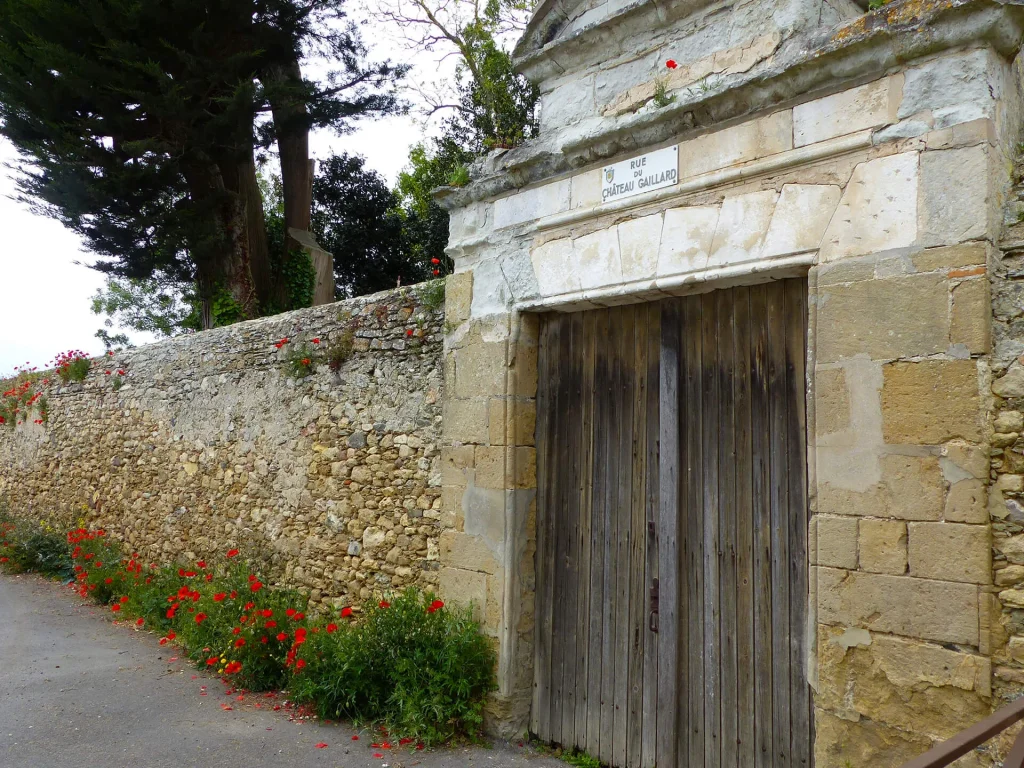
Chapel and convent of the Ursulines
The chapel of the Ursuline Convent, built around 1845, soon became disused and fell into municipal ownership. In the early 2000s, it was renovated and turned into a leisure centre.
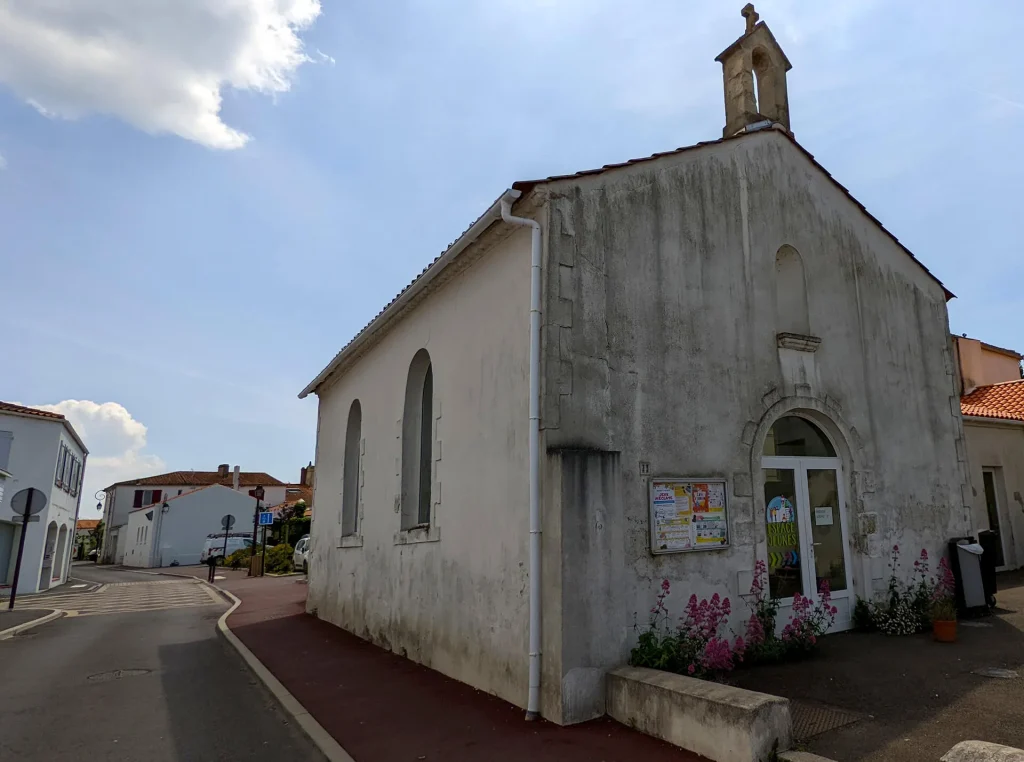
La Croix Blanche
This cross was erected in 1862. Old records refer to it as the "Croix de la Douve Poissonnet", named after a very old moat at the crossroads of La Papinière. In the 17th century, it was renamed the "Croix Blanche". It was moved in the 19th century when the routes du Gois and de Nantes were laid out, then moved again in 1950, to its current location at the Easter mission.
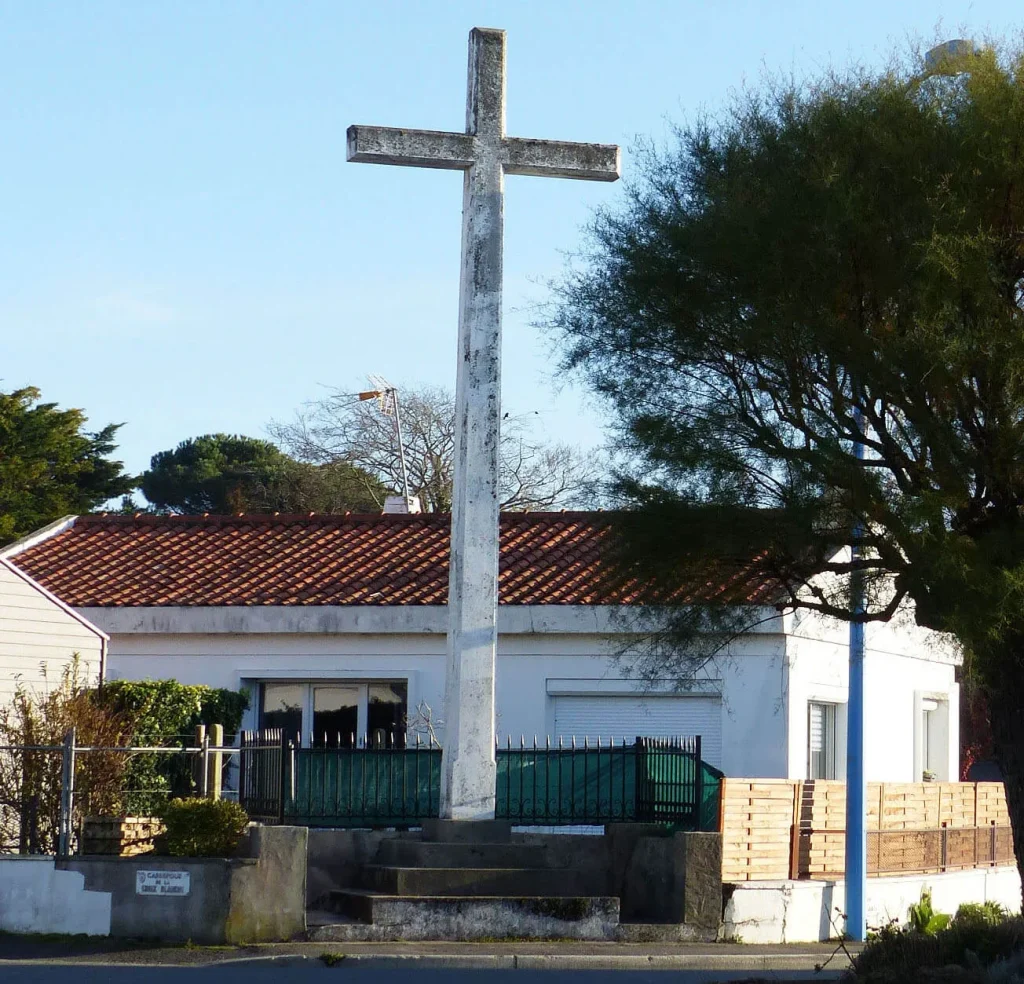
Statue of Saint Philbert
Saint Philbert left his mark on the region by evangelising it in the 7th century. This bronze, the work of the Vendée sculptor Gueniot, a pupil of Gustave Moreau's workshop, was created at the beginning of the 20th century.th century.
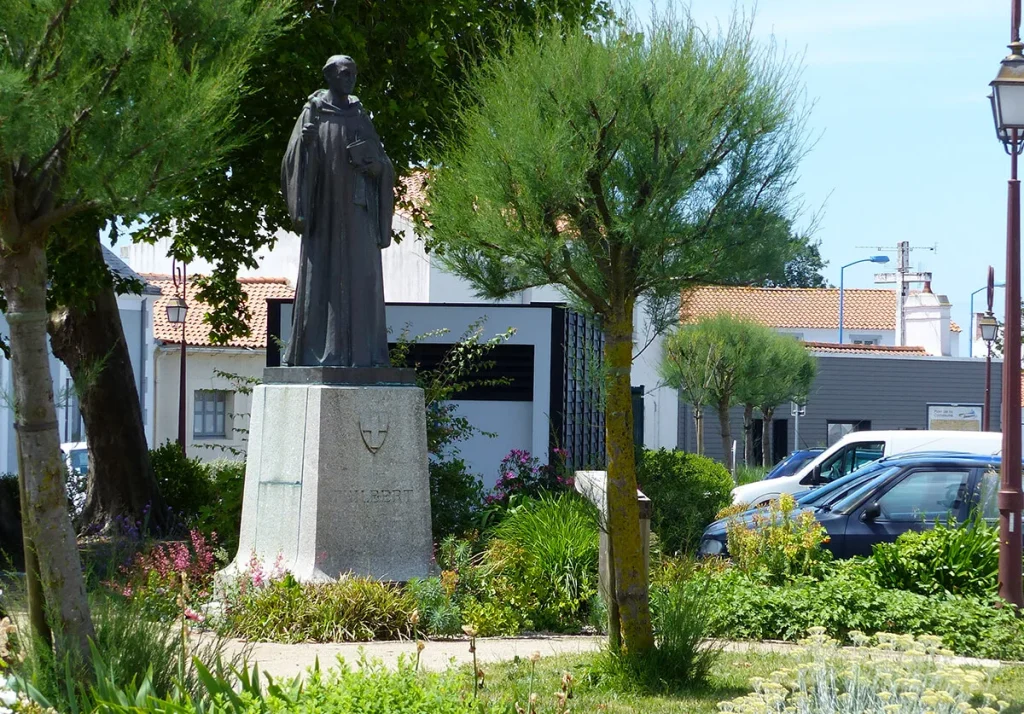
Saint Philbert Church
Listed as a Monument Historique in 1926, this church is one of the most remarkable Romanesque churches in the Vendée. Built in the 11th century, it took the form of a Latin cross in the 12th century with the addition of a transept, choir and two apsidioles. The church's most emblematic feature is its 14th-century ogival portal. Inside, a beautiful Virgin Mary altar dating from the 16th and 17th centuries and an elm Christ at the Tomb dating from 1600 catch the eye of visitors.
